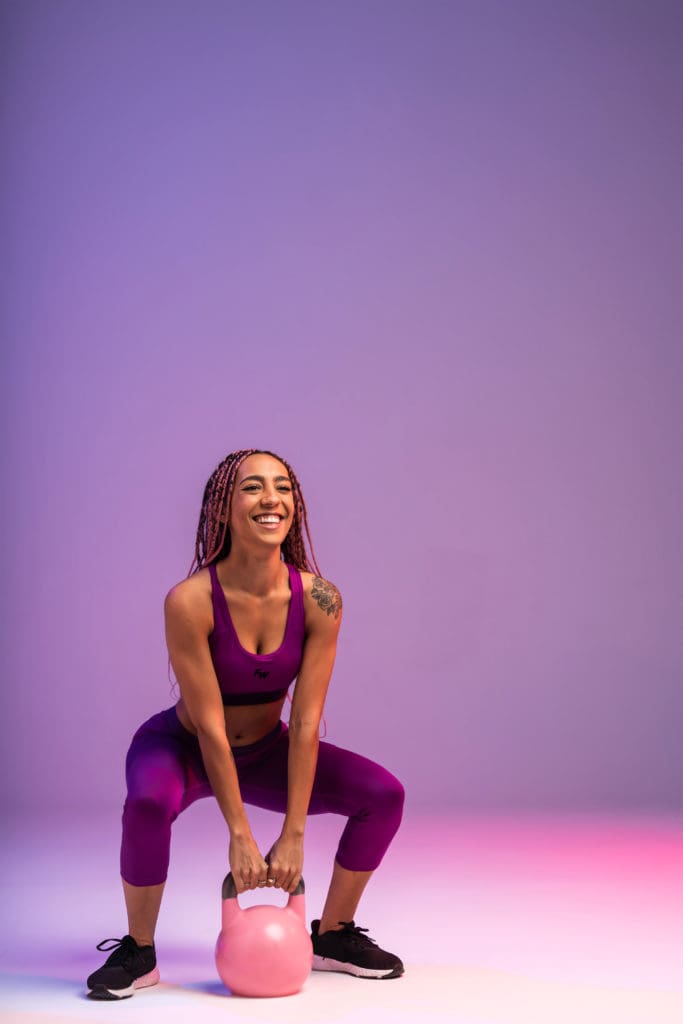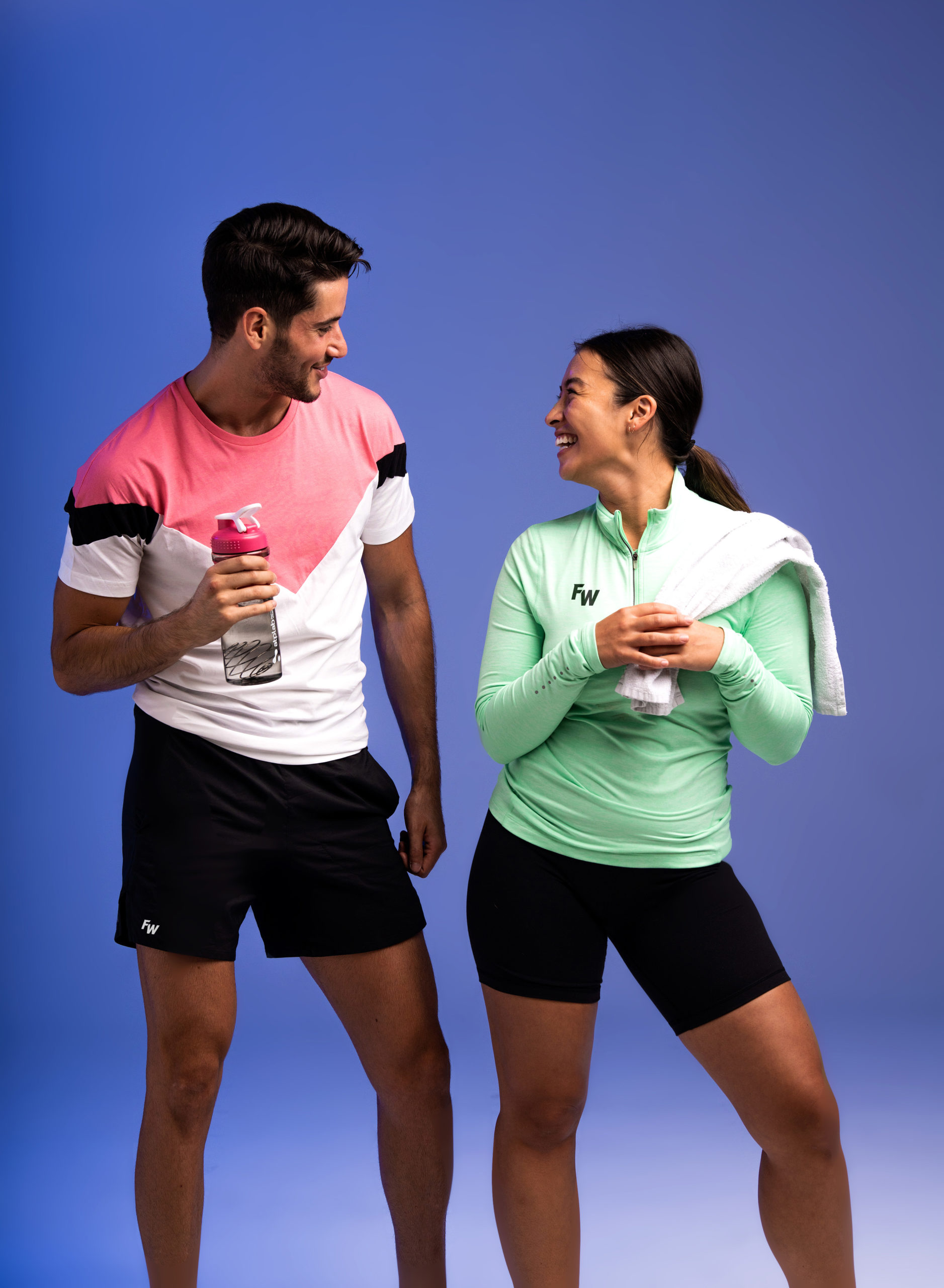Contrary to what some people might think, winter is actually the best time to properly train for summer activities such as triathlons, marathons and more. We asked Fitness World director of fitness education Logan Dube to share tips on how to properly train in the winter for some of those favourite summer activities. —Vita Daily

build your aerobic baseline. The winter is a great time to build an aerobic baseline for summer endurance sports like running, cycling or triathlons or outdoor adventures like hiking, canoe trips, etc. Trainers offer cardiovascular assessments so we can help create an appropriate and effective cardio program to complement resistance training workouts. There are five heart rate training zones, and making sure the zone you have access to matches the zone you need for your preferred activities, means you’ll be able to participate in and enjoy those activities way more! Following a personalized cardio program even three days a week, including steady-state aerobic training and intervals appropriate to your fitness level, can deliver great results in shorter workouts than you might imagine. Even 30-minute cardio workouts can get the job done!
incorporate a seasonal program. Winter is also like a summer lover’s offseason. The same way athletes train differently in the off-season, having a seasonal or cyclical program can help you progress each year without overtraining any one specific component of your fitness. Example: If you love to participate in 10km, half-marathon/marathon or triathlon events in the summer and you typically do a lot of running and cardio, winter is a great time to do some strength training, build up some muscle, and/or work on muscle imbalances. Runners often have strong calves and quads but need to incorporate exercises for glutes, hamstrings and core in order to have power and ward off injury.
bulking vs. cutting. For those who love to pursue a bodybuilding-style program (focused on muscle gain and various levels of physique competition), the winter can be a great time to eat a bit more, work to increase muscle mass and maybe move up to a higher weight class for the next season of competitions. There are healthy, smart, progressive ways to gain muscle (vs. eating a lot of donuts and gaining mostly body fat!) And seasonally, it might make more sense for people to be cutting (reducing body fat for a leaner physique) as the weather gets warmer. Having a nutrition plan and logging your food/tracking your nutrients is a highly evidenced way to achieve your physique goals.
power of community. Winter can be a tougher time to train—it’s dark in the morning and it’s dark earlier in the afternoon. For people who workout early in the morning or after work, it can feel harder to get to the gym when it’s dark out! Therefore, winter can be a great time to join a group challenge, participate in group training sessions, work with a personal trainer for some extra motivation or mix some classes into your routine. The power of community, connection and relationship can be a great antidote to the dark and cold months of winter! Group workouts can introduce you to new exercises, hold you accountable to those tougher exercises you tend to skip in your solo workouts and can push you to new levels of fitness thanks to the power of your motivating peers!
focus on the weak spots. It’s always a good time to focus on those areas of the body that are a little weaker, a little grumpy, house some previous injuries or force us to modify or avoid exercises we enjoy. Especially with the health guidelines, closures and challenges of Covid, we probably sat more, worked from home more, had to use less-than-ideal computer/desk setups and had to navigate more stress and uncertainty than ever before. This can definitely take a toll on the body—back pain, tight hips, stiff necks, painful shoulders & knees. Our bodies are designed to move! Yet 95 per cent of the population will experience low back pain at some point and over 80 per cent of active participants (athletes and people who work out) will experience shoulder pain. While acute injuries and major pain/illness should always be reviewed with a doctor or appropriate allied health professional, many trainers carry advanced certifications around postural assessment, corrective exercise and even Kinesiology degrees. If you’re experiencing mild pain or want to improve your movement quality/ability to exercise safely/comfortably, booking a session with one of these qualified trainers can be super helpful! This is not a cookie-cutter deal—a personalized program is really important to train at your pain-free best! Having a properly balanced program can also make a world of difference. For example, we recommend three pull exercises for each push exercise (in terms of volume of reps.) This is especially important for people who sit a lot, do hours of work on the computer or phone or who enjoy sports like tennis, volleyball, golf or softball/baseball. Setting up a program that incorporates more exercises to counterbalance the postures and activities that you do on a daily basis will help you train pain-free for life!
fitnessworld.ca

Be the first to comment